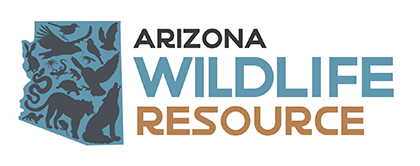How to Safely Transport a Rescue
Do you have an animal that needs help?
If you have an animal that needs help, please refer to the wildlife emergency section. It is best you talk directly to a center before moving the animal. Please keep the animal warm, dark, and quiet, and do not give food or water. It is best if you can drive the animal to the center. If that is not possible, please call us or a local center listed on our map for assistance.

Step 1 - Gather Materials
- An empty box or container to use as your transport carrier.
- Socks to make heat sources.
- Dry rice or beans to fill socks.
- Blankets/towels - as many as fit in your shoe box; the goal is warmth and comfort.
Step 2 - Create your transport habitat
- Place a soft cotton towel at bottom of the box to provide grip, give cushion, and soak up moisture.
- Place another towel rolled into a horseshoe shape for extra bracing.
- Keep young birds warm with a heating pad / rice sock / hot water bottle.
- Do not put the animal in direct contact with the heat - Put a towel in-between.
- Cover Carrier over to keep the animal dark and quiet.
- Make sure the animal is kept in a warmer section of the car and won't slide.
Step 3 - Transport
Make sure the rehabilitation center you are headed to knows you're coming. Keep music off and talking to a minimum to limit stress.
How to set up a transport carrier for young wildlife
Watch us set up a transport carrier to prepare for baby season. These are easy to put together and can be kept on hand in your house or your car.
